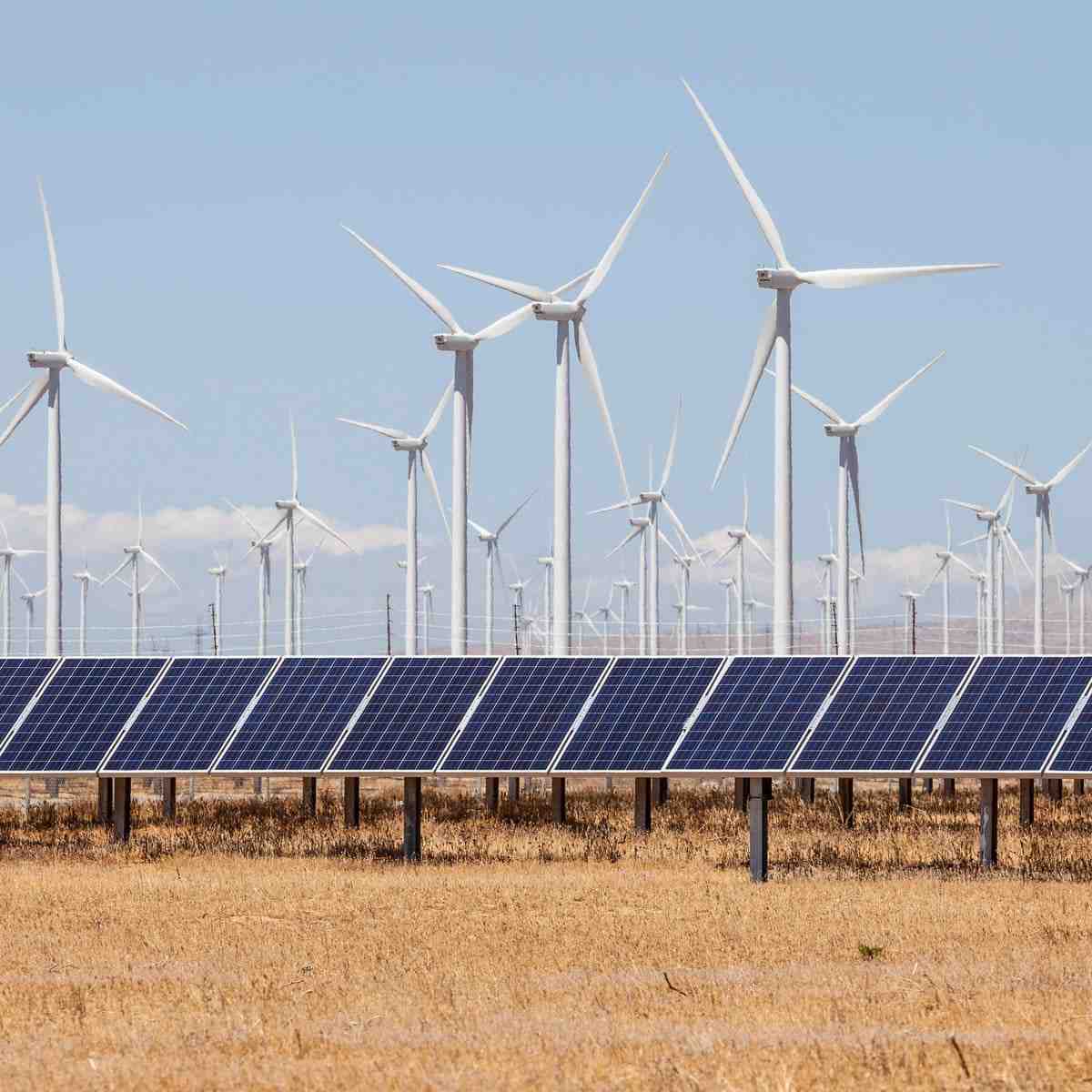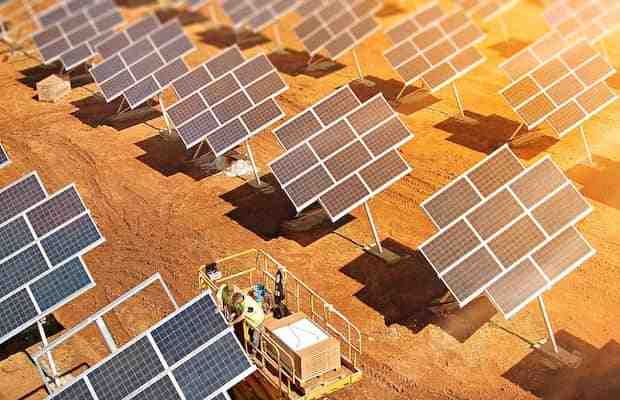Solar power works by converting energy from the sun into power. There are two forms of energy generated from the sun for our use â electricity and heat. Both are generated through the use of solar panels, which range in size from residential rooftops to ‘solar farms’ stretching over acres of rural land.
What are the negatives of solar energy?
Contents

Cons of Solar Energy
- Solar doesn’t work at night. …
- Solar panels aren’t attractive. …
- You can’t install a home solar system yourself. …
- My roof isn’t right for solar. …
- Solar hurts the environment. …
- Not all solar panels are high quality.
What is the biggest problem with solar energy? Intermittency. One of the biggest problems that solar energy technology poses is that energy is only generated while the sun is shining. That means nighttime and overcast days can interrupt the supply.
Can solar electricity be stored?
New Delhi: Solar energy can now be stored and released on demand in the form of heat even decades after capturing it, according to scientists at Chalmers University of Technology in Gothenburg, Sweden.
What is the best way to store solar energy? Batteries are the most used form of solar energy storage, but there are even other options to store electricity of your PV system. One of them is directing the electricity from your PV to water electrolyzers, which generate hydrogen gas.
How Long Can solar power be stored?
Solar panels are consistently generating energy, and when they generate more energy than you’re using, the excess energy is stored in a battery pack. While there are differences in battery types, a standard solar battery can store energy for one to five days.
Can solar energy be stored for later use?
Can solar energy be stored for future use? Yes, in a residential photovoltaic (PV) system, solar energy can be stored for future use inside of an electric battery bank. Today, most solar energy is stored in lithium-ion, lead-acid, and flow batteries.
How long can energy be stored?
Pumped storage projects and equipment have a long lifetime â nominally 50 years but potentially more, compared with batteries â 8 to 15 years. Pumped hydro storage is best suited for providing peak-load power for a system comprising mostly fossil fuel and/or nuclear generation.
Can you store solar energy for months?
Summary: Researchers studying a crystalline material have discovered it has properties that allow it to capture energy from the sun. The energy can be stored for several months at room temperature, and it can be released on demand in the form of heat.
Is it difficult to store solar energy?
Why Is Solar Energy Storage So Difficult? Unlike fossil fuels and other energy sources, solar energy production is less predictable. It can fluctuate seasonally and even hour to hour as local weather changes.
Is there a way to store solar energy?
Most homeowners choose to store their solar energy by using a solar battery. Technically, you can store solar energy through mechanical or thermal energy storage, like pumped hydro systems or molten salt energy storage technologies, but these storage options require a lot of space, materials, and moving parts.
Why can we not store solar energy?
Why? Because although solar and wind power are great sources of low-carbon energy, they also have their downsides. One is that they’re not constant sources. With solar, it’s not just that the sun goes away at night; cloudy days also make it hard for some places to use solar year-round.
Can solar energy can be stored?
Can solar energy be stored for future use? Yes, in a residential photovoltaic (PV) system, solar energy can be stored for future use inside of an electric battery bank. Today, most solar energy is stored in lithium-ion, lead-acid, and flow batteries.
Why is solar energy storage so expensive?
There are two main reasons that solar panels cost so much: The first is the cost of the equipment. Producing it requires advanced manufacturing as well as expensive raw materials, such as high-grade silicon for solar panels and lithium for solar batteries.
Where can solar energy be used?

The five main uses of solar energy are solar electricity, solar water heating, solar heating, solar ventilation and solar lighting. There are more uses for solar energy, but homes and businesses typically use solar energy for these purposes.
Can solar energy be used anywhere? The source of solar energyâ the sunâ is nearly limitless and can be accessed anywhere on earth at one time or another. It would take around 10 million acres of land â or only 0.4% of the area of the United Statesâ to allow enough space for solar photovoltaics (PV) to supply all of our nation’s electricity.
Where is solar energy mainly used?
The most commonly used solar technologies for homes and businesses are solar photovoltaics for electricity, passive solar design for space heating and cooling, and solar water heating. Businesses and industry use solar technologies to diversify their energy sources, improve efficiency, and save money.
Where in the world is solar energy used the most?
China boasts by far the world’s largest installed solar energy fleet, measured at 205 GW in 2019, according to the IEA’s Renewables 2020 report. In the same year, power generation from solar energy totalled 223.8 terawatt hours (TWh) in the country.
Where and when can solar energy be used?
Solar technologies convert sunlight into electrical energy either through photovoltaic (PV) panels or through mirrors that concentrate solar radiation. This energy can be used to generate electricity or be stored in batteries or thermal storage.
What are the 3 main ways we use solar energy?
There are three main ways to harness solar energy: photovoltaics, solar heating & cooling, and concentrating solar power.
What state Has Most solar?

Comfortably ahead of its rivals, California remains the undisputed leader when it comes to solar power in the U.S., with almost 23 GW of installed solar. Nearly 17 percent of California’s electricity comes from solar, with the sector there employing more than 86,000 people.
Which state has the most rooftop solar? Hawaii tops the list with 6,403.31 installations per 100,000 people. It’s not surprising, as Hawaii is one of the leaders in solar power adoption. They also rank second for most megawatts installed per 100,000 people at 99.4 megawatts, making the state one of the leaders in solar generation.
What states have the most solar potential?
| Rank | State | Sun Index |
|---|---|---|
| 1 | Nevada | 1.19 |
| 2 | Arizona | 1.18 |
| 3 | New Mexico | 1.16 |
| 4 | California | 1.00 |
Which state has the highest solar electric capacity?
California has by far the greatest installed capacity of solar photovoltaic power of any U.S. state. As of September 2020, California had a cumulative solar power capacity of over 29 gigawatts. Texas followed with a capacity of roughly 6.8 gigawatts.
Which state has the highest solar energy potential?
1). Rajasthan clinched the top position in the list of states with the highest estimated solar energy potential in the country. It is having an aggregate solar power potential of 142.31 gigawatts (GWp).
Sources :